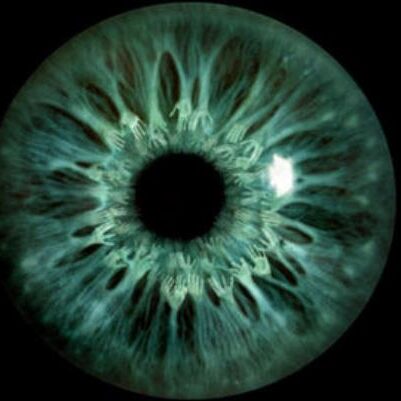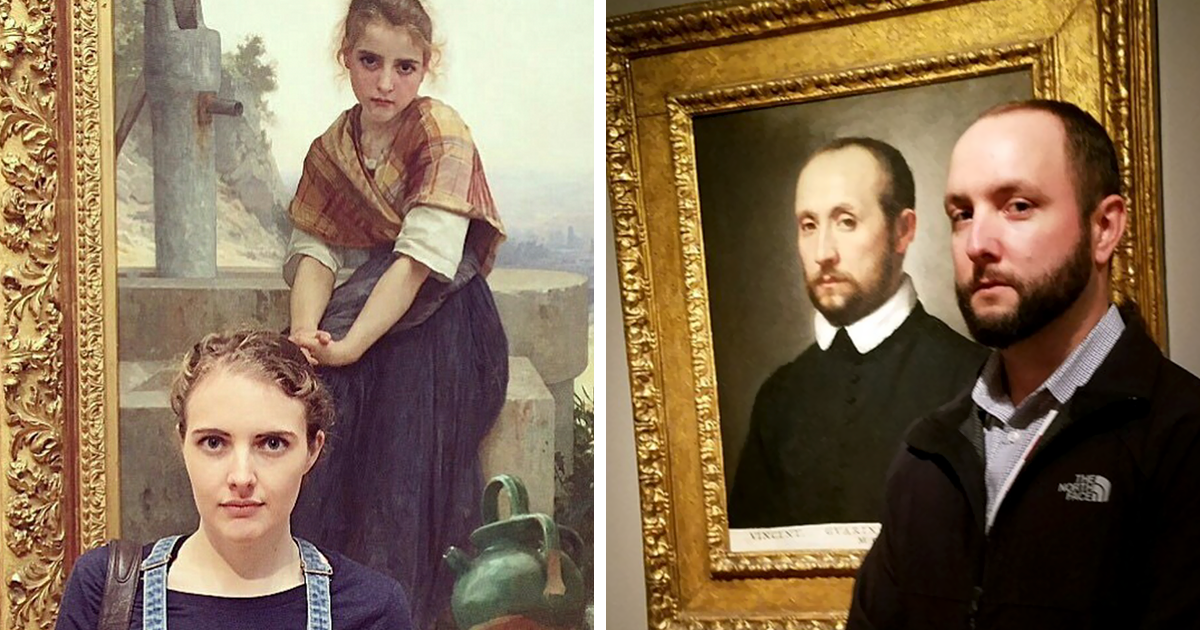Have you ever wondered if there are actual documented cases of people seeing their doppelgängers? Well, in this article, we will explore this intriguing phenomenon and discuss some fascinating instances where individuals claim to have encountered their exact lookalikes. From historical tales to modern accounts, we will dive into the eerie world of doppelgängers and discover the unnerving experiences that some people have had. So, get ready to unravel the mystery behind these uncanny encounters and gain a deeper understanding of this phenomenon.
What is a doppelgänger?
Definition of a doppelgänger
A doppelgänger, often referred to as a double or a look-alike, is a term used to describe a person who closely resembles another individual, to the point of being almost identical in physical appearance. These resemblances can extend beyond mere physical attributes, often encompassing gestures, mannerisms, and even personality traits. The concept of the doppelgänger has long captured the imagination and curiosity of people across different cultures and time periods.
Origin of the term
The term “doppelgänger” originates from the German words “doppel” meaning “double” and “gänger” meaning “goer” or “walker.” This combination gives rise to the idea of a person who is the double or shadow of another individual. The concept of doppelgängers has been mentioned in folklore, mythology, and literature, dating back centuries. It continues to fascinate and intrigue individuals, raising questions about identity, perception, and the nature of reality.
Beliefs and superstitions surrounding doppelgängers
Doppelgängers have been associated with various beliefs and superstitions throughout history. Some cultures consider encountering one’s doppelgänger as an omen of impending misfortune or even death. It is believed that seeing one’s double is a sign of imminent danger or a negative event about to occur in the person’s life. Others view doppelgängers as supernatural or paranormal entities, capable of possessing evil intentions or malevolent powers.
Historical accounts of doppelgänger sightings
Famous historical figures and their alleged encounters
Throughout history, there have been numerous accounts of famous historical figures encountering their doppelgängers. One such example is the case of Queen Elizabeth I of England. It is said that her doppelgänger was spotted multiple times, often preceding a significant event or tragedy. These sightings were believed to be an ill omen, foreshadowing the deaths of important figures or signaling periods of unrest.
Accounts from ancient civilizations
The belief in doppelgängers is not limited to Western cultures but extends to ancient civilizations as well. In Norse mythology, the concept of a “vordr” referred to the protective spirit or alter ego of an individual, bearing a striking resemblance to them. Ancient Egyptian mythology also includes tales of individuals encountering their doppelgängers, with some interpretations suggesting that the image reflected an aspect of their soul or spirit.
Folklore and legends related to doppelgängers
Folklore and legends from around the world often feature stories involving doppelgängers. In German folklore, there is the tale of the “fetch,” a ghostly double that precedes a person’s death. In Slavic mythology, stories of the “viesczy” describe wandering spirits resembling living people, serving as ghostly omens of impending doom. These legends contribute to the mystique and intrigue surrounding doppelgängers, captivating the human imagination.
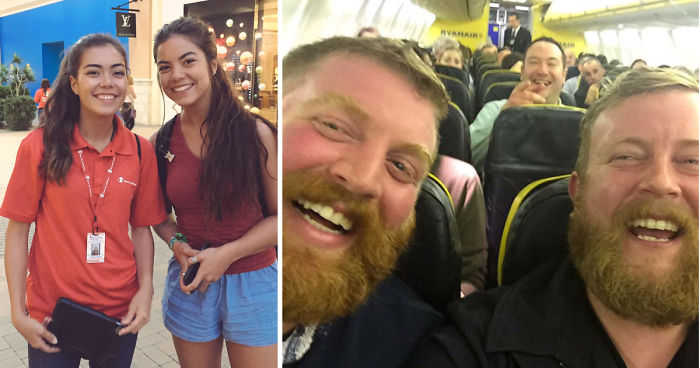
Scientific explanations and theories
Psychological and neurological explanations
While doppelgänger encounters have been historically attributed to supernatural or paranormal phenomena, scientific explanations offer alternative perspectives. Some psychologists and neurologists propose that doppelgänger sightings may be linked to disorders such as Capgras syndrome or prosopagnosia, which affect perception and recognition of faces. These conditions can give rise to the delusion that a familiar person has been replaced by an imposter or look-alike.
Mirror image recognition and facial perception
The human brain has a remarkable capacity for recognizing faces and identifying familiar individuals. However, this ability is not foolproof, and the brain can occasionally misinterpret certain visual cues, leading to the perception of a doppelgänger. Studies have shown that slight variations in facial features, lighting conditions, or viewing angles can significantly influence how a face is perceived, making it possible to mistake someone for their double.
Parallel universes and multiverse theories
Theories rooted in physics and quantum mechanics propose the existence of parallel universes or alternate realities. According to these ideas, doppelgänger sightings could be glimpses into adjacent realities where identical or near-identical versions of individuals exist. While these theories remain speculative and largely hypothetical, they offer a thought-provoking explanation for the phenomena of doppelgängers.
Modern documented cases
Contemporary doppelgänger encounters
In recent times, several documented cases of doppelgänger encounters have emerged. These accounts range from ordinary individuals claiming to have seen their doubles in public places to celebrities who have been mistaken for others. While some of these encounters can be attributed to simple cases of mistaken identity or facial resemblances, others defy easy explanation, leading to a sense of mystery and intrigue.
Eyewitness testimonies and personal experiences
Eyewitness testimonies of doppelgänger encounters vary in their credibility and reliability. Many individuals report feeling a sense of unease or shock upon seeing their double, often describing an uncanny feeling of looking into a mirror or encountering an exact replica of themselves. These personal experiences contribute to the ongoing fascination with doppelgängers, as individuals grapple with the implications of encountering their own likeness.
Scientific studies and investigations
Scientific studies and investigations into the phenomenon of doppelgängers are limited but growing. Researchers have conducted experiments examining facial recognition and perception, delving into the mechanisms that contribute to mistaking individuals for their doubles. While scientific advancements in this field are still in progress, they offer hope for a deeper understanding of the psychological and neurological processes involved in doppelgänger sightings.

Similar phenomena: Twins and look-alikes
Twin studies and resemblance
The resemblance between twins has long been studied and is well-documented. Identical twins, in particular, share an astonishingly similar appearance, often leading to cases of mistaken identity. These cases of mistaken identity further highlight the complexities of facial recognition and the potential for individuals to encounter their doppelgängers in the form of their twin siblings.
Celebrity look-alikes and mistaken identities
Celebrities often have doppelgängers or look-alikes who resemble them closely. These resemblances can be so striking that individuals mistake the look-alike for the celebrity themselves, leading to instances of mistaken identity. While these cases are not supernatural or paranormal in nature, they highlight the power of physical similarities and the impact they can have on people’s perception of others.
Exploring the link between doppelgängers and twins
The connection between doppelgängers and twins raises intriguing questions about the nature of identity and the complexities of human perception. The resemblance between twins can often be mistaken for doppelgänger encounters, blurring the lines between scientific explanations and supernatural beliefs. Exploring this link can shed light on the multifaceted nature of doppelgänger phenomena.
Cultural significance of doppelgängers
Literary and artistic portrayals
Doppelgängers have played a significant role in literature and the arts, serving as recurring motifs in various works. Writers and artists have used the concept of doppelgängers to explore themes of identity, duality, and the human psyche. Some notable examples include Edgar Allan Poe’s story “William Wilson” and Friedrich Dürrenmatt’s play “The Visit,” both of which delve into the psychological implications of encountering one’s double.
Doppelgängers in mythology and folklore
Doppelgängers feature prominently in mythology and folklore from different cultures worldwide. These tales often attribute supernatural qualities or powers to the doubles, imbuing them with symbolic significance. In some cultures, doppelgängers are seen as protective spirits or foreshadowings of impending events, reflecting the intricate relationship between the human imagination and beliefs.
Symbolism and interpretations in different cultures
Doppelgängers hold diverse symbolic interpretations in different cultures. For example, in Japanese folklore, the “bunshin” is a double that can be summoned to perform tasks or protect the original person. In Finnish folklore, the “etualkaja” is believed to be an individual who has mirrored the life of someone else, including their birth and actions. These cultural variations add depth to the understanding of doppelgängers and their significance across societies.
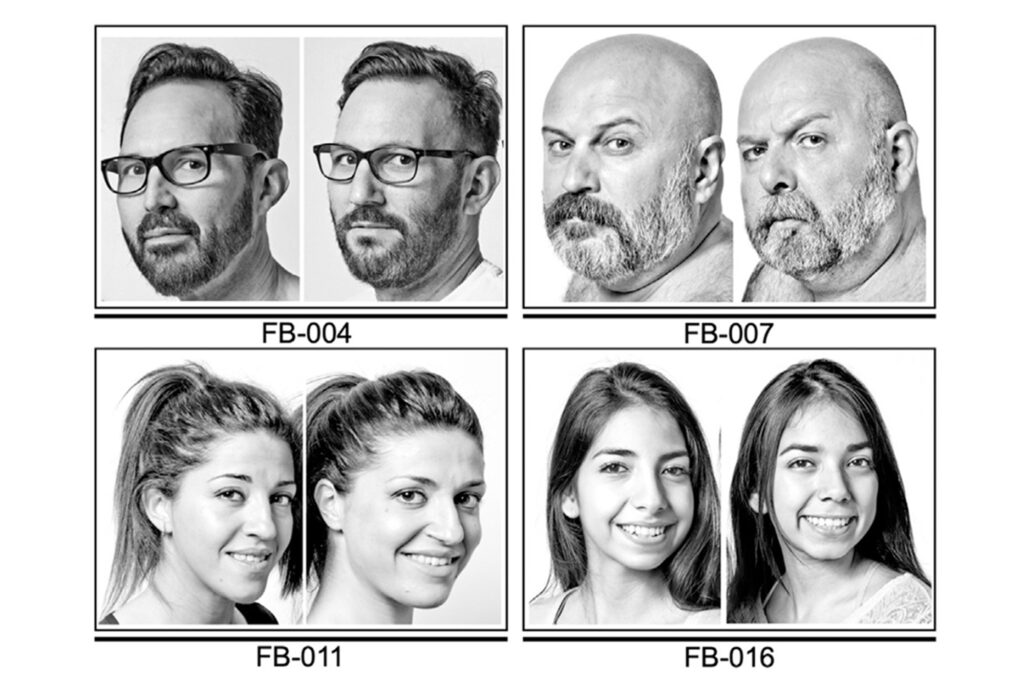
Psychological impact and beliefs
Fear and anxiety associated with doppelgänger encounters
Encountering a doppelgänger can evoke a range of emotions, with fear and anxiety often at the forefront. The unsettling nature of seeing one’s double, particularly in unexpected circumstances or without a rational explanation, can leave individuals feeling shaken and questioning their own perception of reality. The psychological impact of such encounters can vary widely, depending on an individual’s beliefs, cultural background, and personal experiences.
Belief in supernatural or paranormal connections
Belief in supernatural or paranormal explanations for doppelgänger encounters remains prevalent in certain cultures and among individuals with strong spiritual or religious beliefs. These individuals may view doppelgängers as manifestations of otherworldly forces or as spiritual counterparts representing aspects of the self. Such beliefs and interpretations provide solace or a framework for understanding these experiences in a broader metaphysical context.
Influence on personal identity and self-perception
The idea of encountering a doppelgänger can provoke existential questions surrounding personal identity and self-perception. The uncanny similarities between oneself and another person challenge notions of uniqueness and individuality, raising philosophical quandaries about the nature of the self. Individuals who have encountered their doppelgängers often experience a profound sense of self-reflection, questioning their place in the world and their understanding of their own identity.
Possible explanations beyond doppelgängers
Psychological disorders causing hallucinations
While doppelgänger encounters may have supernatural or paranormal connotations, they can also be attributed to psychological disorders causing hallucinations or delusions. Conditions such as schizophrenia or dissociative identity disorder can distort an individual’s perception, leading to the belief in the presence of a doppelgänger. Medical and psychiatric evaluation is essential to differentiate between genuine paranormal encounters and manifestations of underlying mental health conditions.
Mistaken identity or illusions
In some instances, doppelgänger encounters can be attributed to cases of mistaken identity or illusions. Humans have a natural tendency to seek patterns and make associations, which can result in erroneously perceiving someone as their double. Factors such as lighting, distance, or obscured visibility can contribute to these illusions, further complicating the understanding of doppelgänger phenomena.
Misinterpretations and cognitive biases
Human perception is prone to misinterpretation and cognitive biases, which can influence how we perceive and remember faces. These biases, such as the “mere exposure effect” or the “confirmation bias,” can contribute to the perception of a doppelgänger, even when the encountered individual is not a perfect physical replica. Understanding these cognitive processes is crucial in unraveling the complexities surrounding doppelgänger sightings.
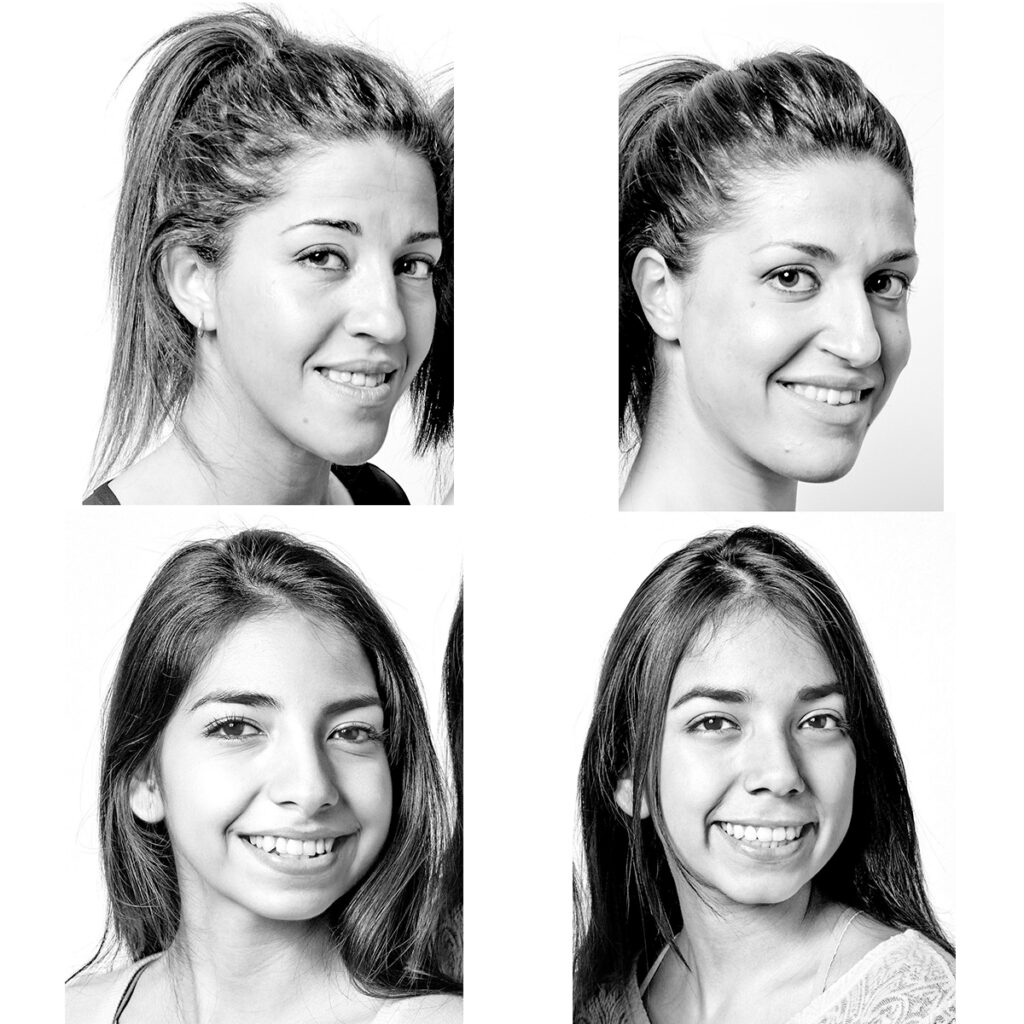
Technological advancements in doppelgänger detection
Facial recognition technology and its potential
Advancements in facial recognition technology have allowed for more accurate identification and the detection of facial resemblances. With the help of sophisticated algorithms and machine learning, facial recognition software can compare images and detect similarities between individuals. While this technology is primarily used for security and identification purposes, it has the potential to shed light on the phenomenon of doppelgängers and enhance our understanding of facial recognition processes.
AI-generated doppelgängers and privacy concerns
The rise of artificial intelligence has enabled the generation of highly realistic digital simulations of human faces. AI-powered algorithms can create doppelgängers or “deepfakes” that appear so convincing that distinguishing them from real individuals becomes challenging. While this technology has numerous applications, including entertainment and digital avatars, ethical concerns regarding privacy and the potential for misuse loom large.
Ethical implications and future implications
The advancements in doppelgänger detection technologies raise ethical considerations regarding privacy, consent, and the implications of using such technology without individuals’ knowledge or consent. As facial recognition and AI-powered simulations become more prevalent, it is essential to establish ethical guidelines and responsible usage protocols to ensure the protection of individual rights and group identity.
Conclusion
Are there any documented cases of people seeing their doppelgängers? The concept of doppelgängers has fascinated people across cultures and time periods, capturing the imagination and inspiring various beliefs, superstitions, and scientific theories. While there are numerous historical accounts, modern documented cases, and psychological explanations surrounding doppelgänger encounters, the phenomenon remains enigmatic and subject to ongoing investigation.
Through a combination of psychological, neurological, and cultural factors, the perception of doppelgängers persists, challenging our understanding of identity, perception, and reality. The significance of doppelgängers extends beyond mere physical resemblance, encompassing psychological impact, beliefs, and even technological advancements.
As research and technological advancements continue, the mystery surrounding doppelgängers may gradually unravel, shedding light on this fascinating concept and providing answers to the age-old question: Are there any documented cases of people seeing their doppelgängers? While the journey towards a comprehensive understanding is far from over, the exploration of doppelgänger phenomena serves as a testament to the complexity and ever-evolving nature of the human experience.
